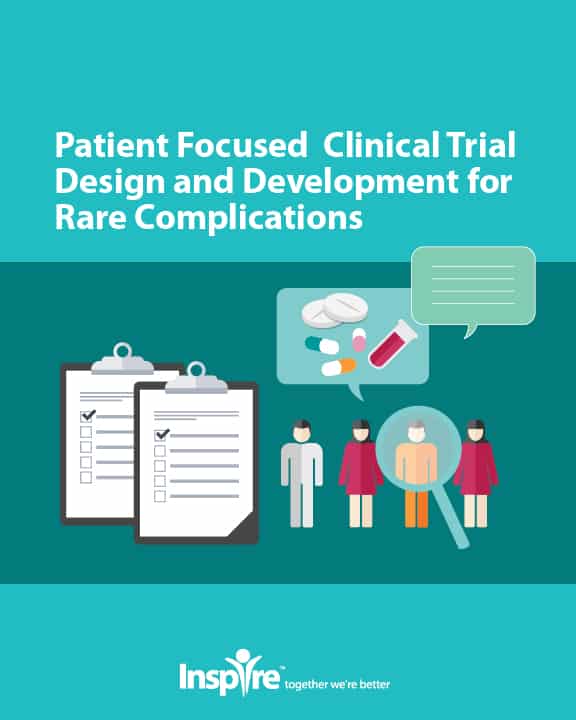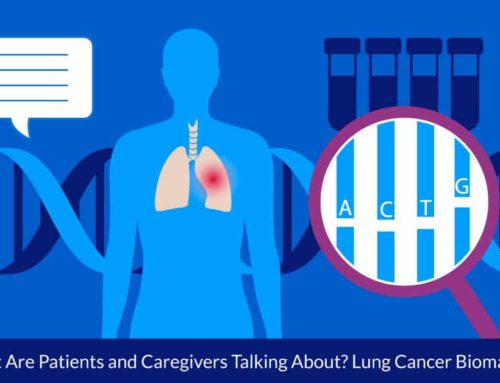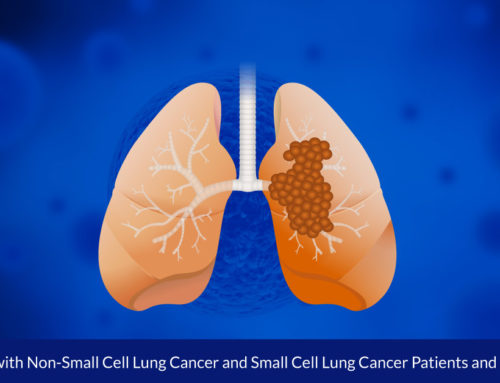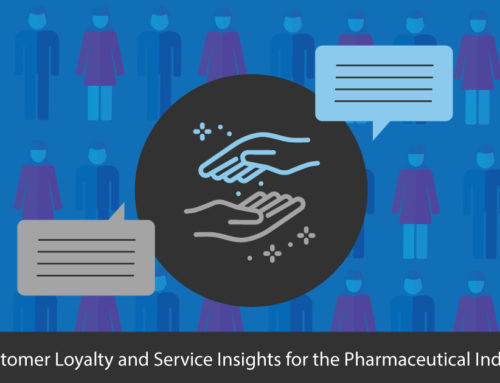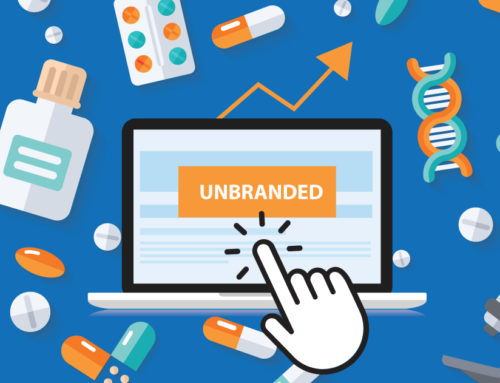Looking for Guidance? FDA and PFDD at “Patients as Partners” 2019

Pujita Vaidya, Senior Advisor, Patient Focused Drug Development (PFDD) program at the Center for Drug Development and Research (CDER) at the FDA, told an audience at the Patients as Partners Conference last week that patients are the experts on their conditions and on day-to-day life with their disease. A patient outcome—where improvement with treatment is meaningful in daily life—can only be understood in a patient’s own words. Vaidya noted that, “patients ‘chief complaints’ may not be factored explicitly into drug development plans.” 1
For example, during a Voice of the Patient Public Meeting held in 2014, one mother described her experiences with pulmonary arterial hypertension (PAH) like this:
“When my children were babies…Picking them up, cooking for them, cleaning after them, these things would make me so short of breath I’d get palpitations and I would pass out.”2
Treatment that allows patients with PAH to do basic work around the house without fainting is a significant outcome.
According to FDA’s patient focused drug development (PFDD) glossary, PFDD is
“a systematic approach to help ensure that patients’ experiences, perspectives, needs and priorities are captured and meaningfully incorporated into the development and evaluation of medical products, throughout the medical product life cycle.” 3
After patient stories are collected, the question remains: how do researchers structure meaningful evidence from the narratives? Vaidya’s presentation reviewed the PFDD initiative’s accomplishments, noting that the newest phase, publishing guidance documents to explain strategies for sponsors to use, began in 2018 and will continue through 2022.1Methodological guidance will address some of the questions sponsors have.
While clinical trials focus on quantitative measures, narratives require different “sense-making” strategies. For example, in the quantitative research of clinical trials, sample size is important to representativeness and statistical significance. But, in qualitative studies, saturation is the concept used to determine representativeness; that is, if no new relevant information can be gained through additional subjects providing their narratives, the group is representative.4
Reviewing the advances the Center for Devices and Radiological Health (CDRH) at FDA has made in incorporating the patient voice into medical device development, Vaidya mentioned CDRH using patient preference studies to make decisions on technology use. She acknowledged that PFDD might also be considering patient preference studies to clarify how patients weigh the risks and benefits of specific treatment options. 1
Vaidya stated the PFDD initiative’s mandate is to “obtain broader patient input for a disease to better inform the clinical context of benefit-risk assessment,” but added that patient stakeholders have asked FDA to provide clear actionable guidance on what they and others need to do. 1
One focus of the FDA is further incorporating patient input into the translational phase of drug development. In addition to methodological guidances, the plans for 2018-2022 include revising the Manual of Policies and Procedures (MAPP) and the Standard Operating Procedures and Policies (SOPP), and creating a repository of resources.
FDA also supports developing measures and tools–like Clinical Outcomes Assessments (COAs)–to systematically capture what matters most during clinical trials. For this, FDA announced a Standard Core Clinical Outcome Assessments and Endpoints Grant Program with a deadline for proposals of May 31, 2019. The final result of this program will be a publicly available standard core set of clinical outcome assessments and related endpoints for specific disease indications. 1
In short, the PFDD initiative will continue to change how the pharmaceutical industry develops drugs for the foreseeable future with the goal of including the patient experience throughout the research process and ensuring patient centric clinical research.
Inspire offers a trusted community to patients and caregivers. Our goal with this blog, this website and our content is to provide the life science industry access to the true, authentic patient voice. In so doing, we support faithful operationalization of patient-centricity. Take a look at our case studies, eBooks and news outlet coverage.
References:
1 Vaidya, P. (2019, March). FDA Efforts on Fully Integrating the Patient Voice in Drug Development. Session presented at Patients As Partners, Philadelphia.
2 Voice of the patient: A series of reports from the US Food and Drug Administration’s (FDA’s)
Patient-Focused Drug Development Initiative: Pulmonary arterial hypertension (December 2014). Center for Drug Evaluation and Research (CDER) U.S. Food and Drug Administration (FDA). https://www.fda.gov/downloads/forindustry/userfees/prescriptiondruguserfee/ucm429382.pdf. Accessed March 12, 2019.
3Patient focused drug development glossary. (2018). US Food and Drug Administration. https://www.fda.gov/Drugs/DevelopmentApprovalProcess/ucm610317.htm Accessed March 12, 2019.
4 Francis, J. et al. (2010). What is an adequate sample size? Operationalizing data saturation for theory-based interview studies. Psychology and Health, 25, 1229-1245. doi:10.1080/08870440903194015

